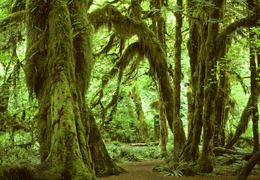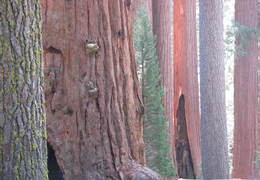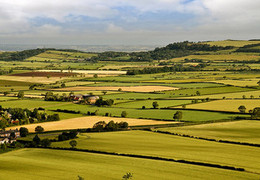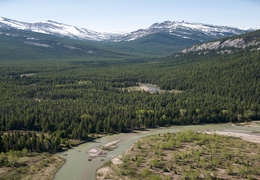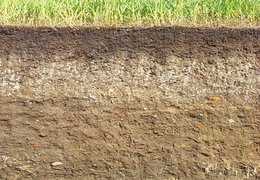Net Ecosystem Carbon Flux
- /ecoregions/
Now Showing: 2006
Summary
Carbon source and sink are defined as the change of carbon storage in an ecosystem over a given time period. The average annual net carbon flux in the terrestrial ecosystems of the Western United States was estimated to be −86.5 TgC/yr (a negative value denotes a carbon sink), ranging from −162.9 to −13.6 TgC/yr from 2001 to 2005. Forests were the largest carbon sink (62 percent of the total), followed by grasslands/shrublands (30 percent) and agricultural lands (7 percent). Compared with the baseline net ecosystem carbon change estimates for terrestrial ecosystems, the projected future carbon change rate ranged from −113.9 to 2.9 TgC/yr, representing a potentially significant decline.
Suggested Citation
Zhu, Zhiliang, ed., Bergamaschi, Brian, Bernknopf, Richard, Clow, David, Dye, Dennis, Faulkner, Stephen, Forney, William, Gleason, Robert, Hawbaker, Todd, Liu, Jinxun, Liu, Shuguang, Prisley, Stephen, Reed, Bradley, Reeves, Matthew, Rollins, Matthew, Sleeter, Benjamin, Sohl, Terry, Stackpoole, Sarah, Stehman, Stephen, Striegl, Robert, Wein, Anne, and Zhu, Zhiliang, 2010, A method for assessing carbon stocks, carbon sequestration, and greenhouse-gas fluxes in ecosystems of the United States under present conditions and future scenarios: U.S. Geological Survey Scientific Investigations Report 2010–5233, 188 p. (Available from USGS).
Methods
Carbon source and sink was as the difference between the total ecosystem carbon of year (t) and that of year (t-1). The dynamics of total ecosystem carbon, including carbon in both biomass and soil, were estimated using the USGS General Ensemble Biogeochemical Modeling System (GEMS), which involved three models (Paint-By-Number (PBN) model, CENTURY, and EDCM), under three land use and land cover change (LULCC) scenarios developed in accordance with storylines A1B, A2, or B1 from the Intergovernmental Panel on Climate Change Special Report on Emissions Scenarios (IPCC–SRES) and climate-change projections by three general circulation models (GCMs). Ecosystem carbon dynamics were simulated considering LULCC, disturbances, ecosystem-specific information such as mortality and growth rates, and climate conditions. PBN only accounts for the impacts of land cover change on biomass carbon and does not consider change in soil carbon. CENTURY and EDCM simulate carbon dynamics in vegetation and soils using information from LULCC, climate and atmospheric change, and disturbances. Model outputs for the baseline period were calibrated with alternative forest biomass maps, MODIS NPP products, and grain yield at the county level.
